-
No-Code
Platform
-
Studio
No-code agentic platform delivering the fastest time-to-value and the highest ROI
-
Studio
-
AI-Native CRM
CRM
-
AI-Native CRM
New era CRM to manage customer & operational workflows
CRM Products -
AI-Native CRM
- Industries
- Customers
- Partners
- About
Switch Fast. Scale Smart. Go Creatio

Appian is a prominent player in the world of low-code business process automation, renowned for its robust and comprehensive features. However, despite its market position, there are numerous alternatives to Appian that might be a better solution for many businesses.
In this article, we delve into common concerns raised by Appian users, providing insights into customer perspectives and proposing alternative solutions that could offer a more tailored fit for your business.
What Is Appian?
Appian is one of the leading low-code platforms for app development, with a particular focus on dynamic case management and business processes automation. It facilitates collaboration between professional and citizen developers through embedded design studios with workflows, approvals, and change management for different developer personas.
Appian holds a prominent position in the low-code industry thanks to its robust automation platform, featuring drag-and-drop elements, support for Business Process Model and Notation (BPMN)-like workflow patterns, flexible deployment options, and modern user experience. With advanced data modeling, document management, and seamless integration, Appian emerges as a powerful solution, tailored for professional developers. As predominantly a low-code platform, its goal is to speed up the development process without completely replacing the need for manual coding.
Why Consider Alternatives to Appian?
While Appian stands as a robust low-code solution, various challenges prompt businesses to seek alternatives.
Users often express concerns about the complexity of Appian's interface, making user adoption and efficient utilization challenging. Customers report a steep learning curve and a need for specialized developer skills when they want to automate complex business solutions. Additionally, users found Appian’s customization capabilities limiting, making it difficult to implement their own user-experience (UX) standards.
The platform lacks industry-specific features, such as dedicated modules for comprehensive insurance claims processing, for instance. Businesses that rely on these kinds of features need to either seek alternative solutions or invest in additional development, which requires IT support.
Additionally, users report higher costs than most other Low-Code Application Platforms (LCAP), non-transparent pricing, and limited global availability as Appian’s operations are primarily based in North America and Europe.
What Should You Look for in an Appian Alternative?
When exploring alternatives to Appian, pay attention to the following criteria to enhance Appian’s strengths and avoid its weaknesses:
- Functionality - Make sure the alternative provides all the features your business needs, avoiding unnecessary costs of redundant functions.
- Customization - Look for a flexible and customizable solution, so your non-technical users can easily adjust it to your business needs, eliminating the need for extensive IT support.
- User-friendly interface - Choose a platform with an intuitive, user-friendly interface, so your users can easily get used to it, maximize its potential, and increase their productivity.
- Integration - Ensure that the solution you choose can seamlessly exchange data with other systems you use, the integration is straightforward and requires minimal, or no development costs.
- Deployment options - Consider the deployment choices offered, whether cloud-based or on-premises, ensuring it’s aligned with your organization's data security priorities.
- Scalability - Opt for a system that can scale alongside your business growth, preventing the need for transitions to new solutions as your organization expands.
- Pricing structure - Evaluate the total cost of ownership, including initial license costs, ongoing expenses, and any hidden charges.
Best 9 Appian Alternatives to Choose in 2025
In this section, we'll explore several low-code platforms as alternatives to Appian, addressing diverse business needs for application development.
1. Creatio
Creatio stands out as the best Appian alternative with its unified no-code platform, empowering users to automate workflows and create applications with a maximum degree of freedom. Its innovative composable architecture revolutionizes application development, allowing non-technical users and citizen developers to create applications, workflows, and even complete products without any coding expertise. This streamlined process shortens development timelines from weeks or months to just hours, thanks to pre-built composable elements and intuitive drag-and-drop functionality.
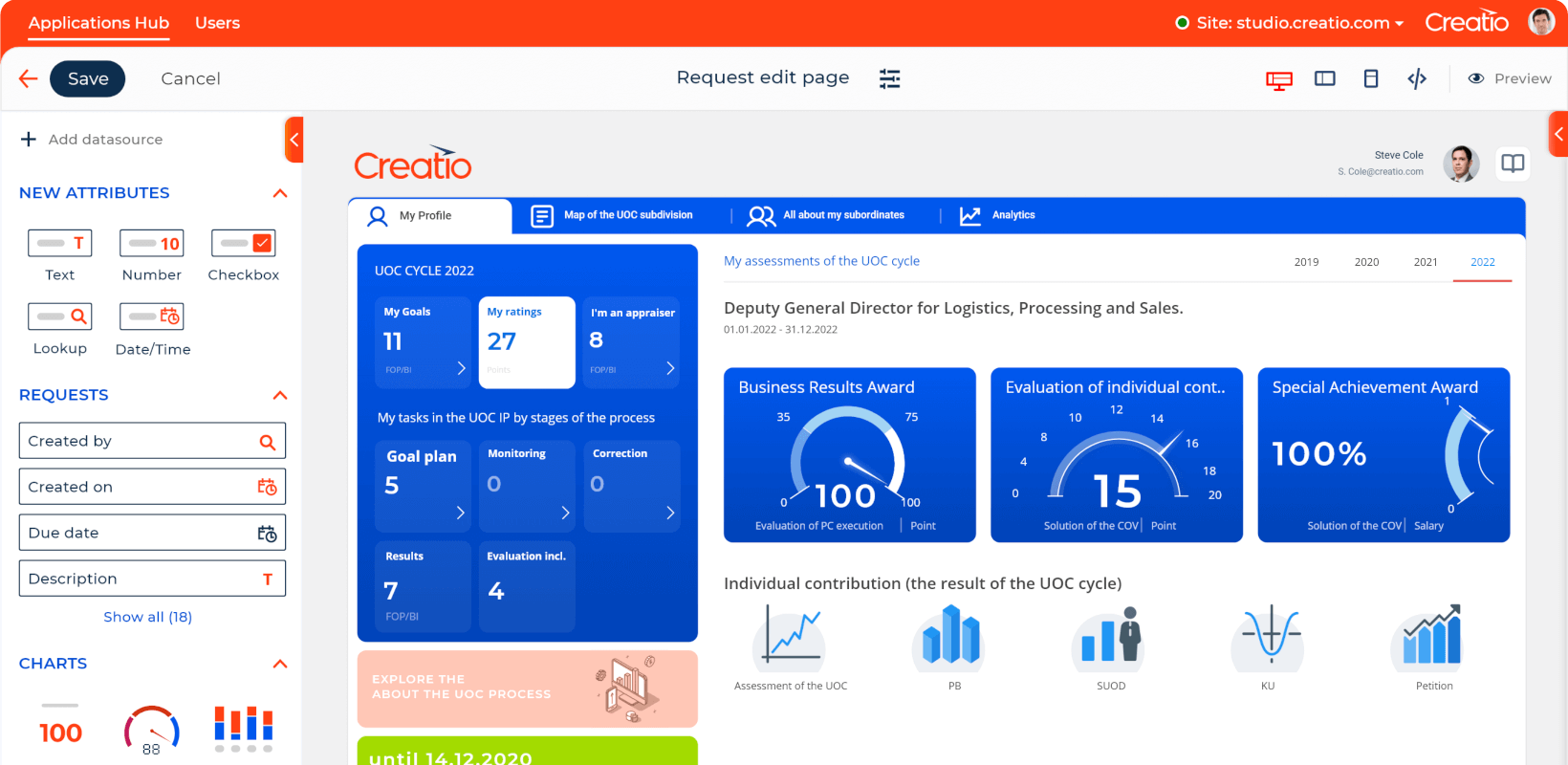
At the same time, Creatio recognizes the value of coding, which caters to professional developers, granting them the freedom to incorporate coding wherever they see fit. However, it’s an optional feature, rather than a necessity for typical application development. Creatio, therefore, not only liberates users from traditional coding constraints, encouraging creative potential, but also accommodates professionals seeking flexible solutions.
The Creatio platform features a robust workflow automation engine designed with a focus on non-technical users. Its visual no-code tools enable the creation and modification of structured BPMN-based processes and semi-structured processes, i.e., cases, of any complexity with minimal coding requirements. According to Forrester, Creatio's process automation features are the most extensive among LCAP vendors.
In Q1 2024, Creatio was named the only Leader in The Forrester Wave™: Low-Code Platforms for Citizen Developers, highlighting its exceptional capabilities, and making it the best choice among all the available low-code solutions.
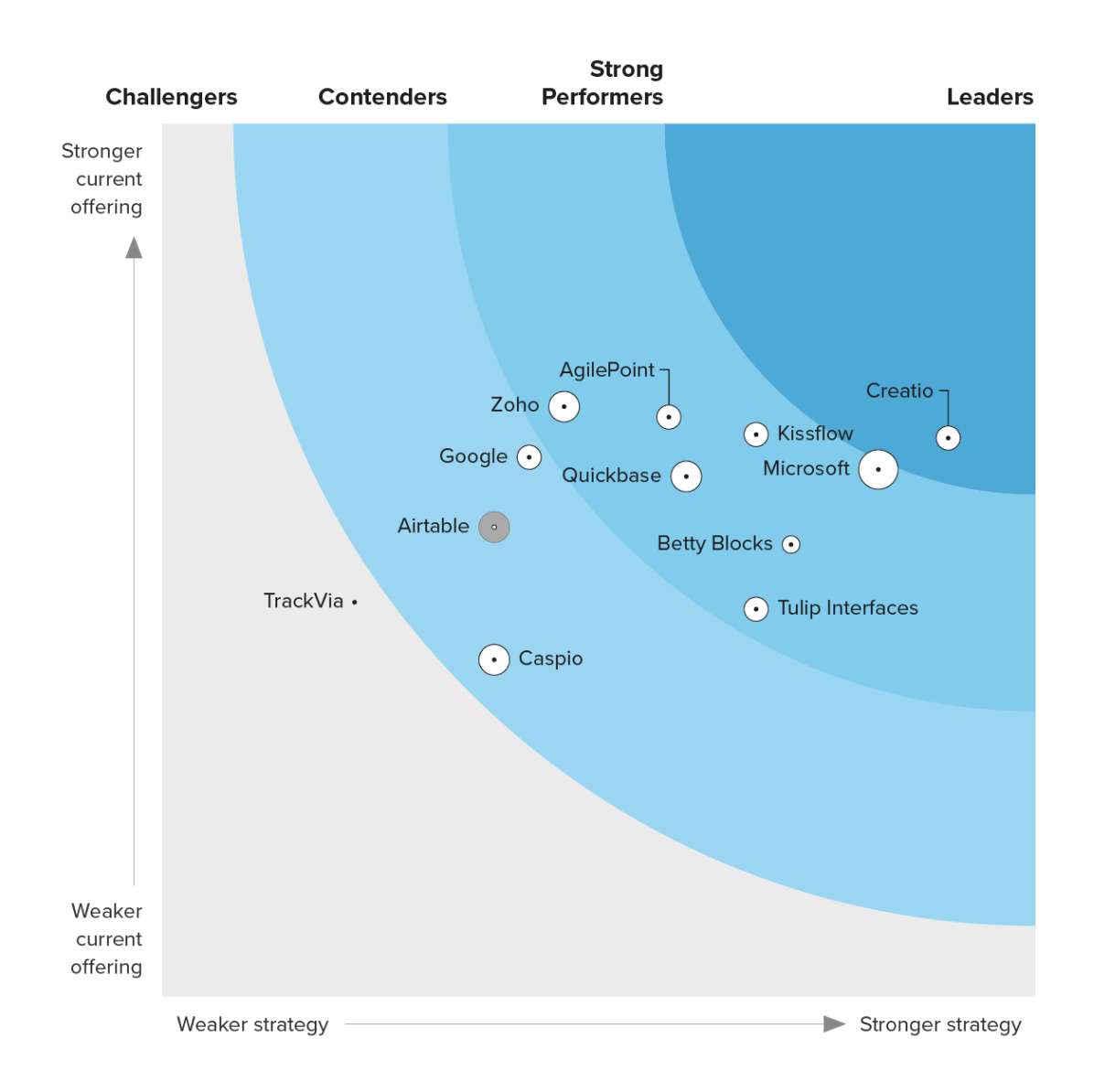
Unlike Appian, Creatio provides industry-recognized Customer Relationship Management (CRM) tools, encompassing marketing, sales, and service automation, which are built on top of the Creatio Studio platform. Thanks to the synergy of no-code and low-code development tools, business process management capabilities, and CRM, organizations can automate a wide spectrum of customer-facing and operational business tasks, all on a single, unified platform. Additionally, Creatio offers full-featured solutions for 20 different verticals, further solidifying its position as a comprehensive and versatile alternative to Appian.
Creatio offers one of the most transparent pricing models in the market, clearly outlining the anticipated rates without hidden fees. The entry point for Creatio Studio starts at an affordable $25 per user per month, making it a cost-effective choice for businesses of various sizes.
Ready to explore the best Outsystems alternative?

2. OutSystems
OutSystems is a versatile low-code development tool that helps businesses create applications of any complexity. OutSystems is designed primarily for professional developers to help them reduce the time spent on application development, providing a technical Integrated Development Environment (IDE) and features focused on enhancing their efficiency.
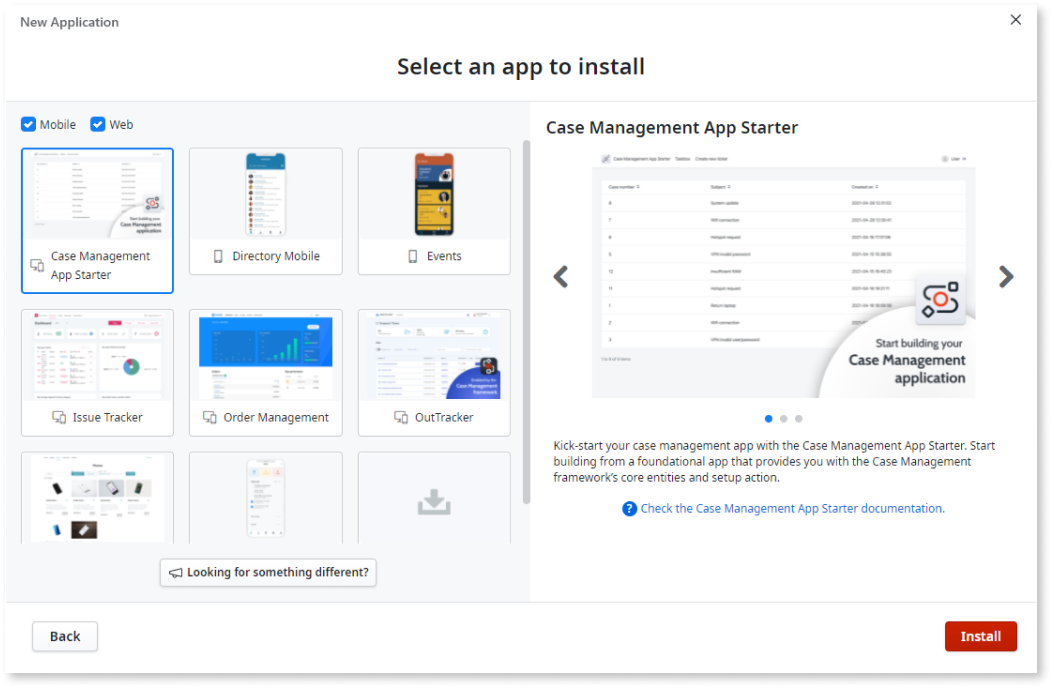
The platform highlights its composability, enabling the construction of applications from modular components. OutSystems enhances this capability with a built-in design system. Additionally, it provides a library of UI patterns, screen templates, and app templates, which ensures a consistent look across various applications. The platform also offers robust tools for data modeling and integration, fulfilling various development requirements.
OutSystems does not provide out-of-the-box solutions for CRM automation. Additionally, it is not the best solution for business users without technical skills, as the OutSystems platform provides only a basic set of tools for modifying existing application templates and performing simple customizations. The pricing model starts at $1,513 per month, and OutSystems customers often complain about the cost of licenses being an obstacle to extending the platform usage to additional business cases.
See also: Outsystems alternatives
3. Mendix
Mendix, a high-productivity low-code platform, is designed to accelerate the application development lifecycle. With its suite of visual modeling tools, Mendix empowers seamless collaboration across diverse teams and fosters a cohesive development environment. Mendix provides a platform called Mendix Studio Pro - a visual, model-driven IDE that offers customizable themes, drag-and-drop functionality, and reusable app components.
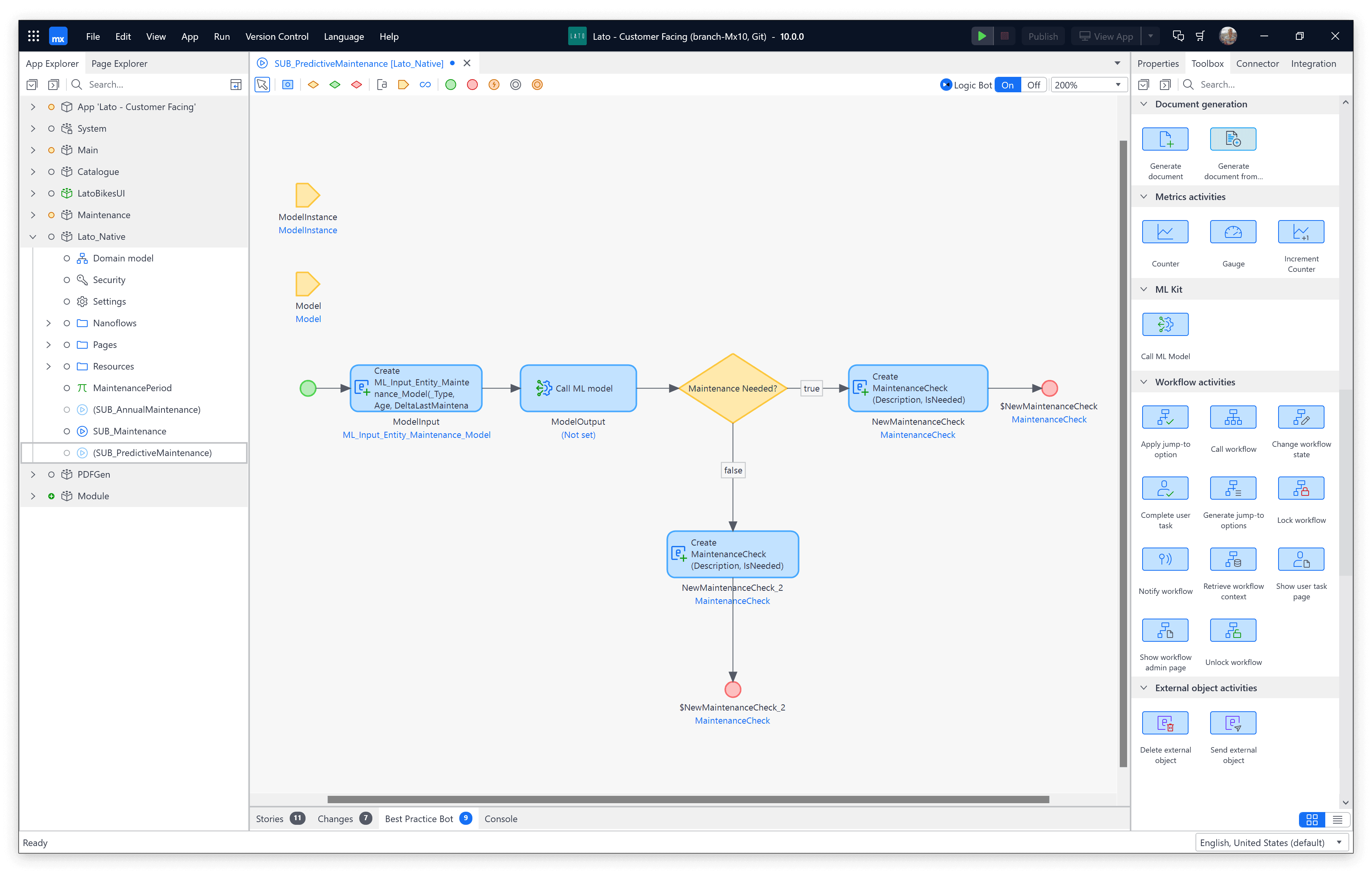
Mendix supports both citizen developers and professionals. It provides capabilities to automate workflows, model processes, apply advanced logic, and integrate with other systems. However, similar to Appian, Mendix does not provide out-of-the-box solutions for CRM automation.
Mendix offers ready-made automation solutions, such as invoice processing or warehouse management, enhanced by its customization tools. The vendor boasts a marketplace featuring more than 500 add-ons that streamline app development and workflow automation. Despite a predominant European presence, Mendix's reach expands in Latin America and APAC, particularly in China and Japan.
Mendix prices start at €52,50 per month for basic capabilities for building a single app, which is a good option for smaller businesses with limited needs. However, for larger enterprises requiring multiple applications, the starting price is much higher, reaching €2,100 per month, which for some clients is way out of their budgets. Additionally, they find Mendix's pricing model inflexible and unable to accommodate a broader spectrum of client sizes and use cases.
See also: Mendix alternatives
4. Microsoft
As a component of Microsoft's portfolio, the Power Platform functions as a low-code solution for enterprise-grade application development. Power Platform offers a comprehensive set of features aimed at streamlining and optimizing the app development process. This includes strong data integration capabilities, user-friendly development tools, and smooth integration with a variety of Microsoft services.

According to reviews, Power Apps, a core component of Power Platform, is best suited to citizen developers. However, professional developers can also utilize code-first tools to augment the capabilities of the Power Apps platform.
Yet, Microsoft is not flawless, as users reported a non-transparent and bundled platform's pricing model, potentially requiring businesses to pay for tools they may not need. Additionally, licensing costs may escalate with the scale and complexity of the workflows and applications.
5. Nintex
Nintex is a robust solution with intelligent process automation technologies. It’s a great alternative to Appian for businesses looking for a solution focused on citizen developers. Nintex has a reliable set of low-code tools, empowering organizations to streamline workflows and enforce governance seamlessly.
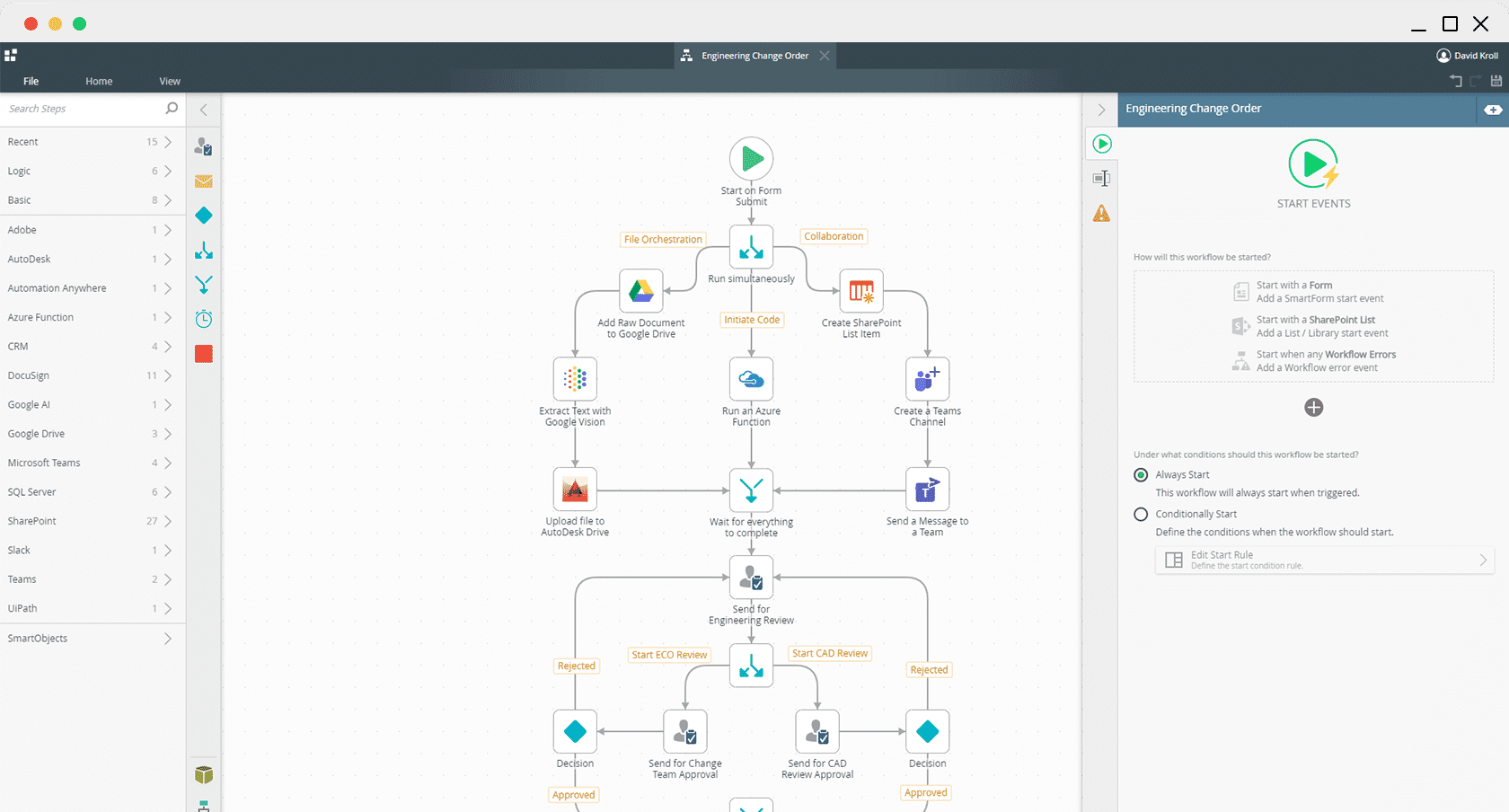
Nintex focuses on citizen development needs, positioning itself as a more user-friendly alternative to Appian. It’s an efficient workflow automation platform with features such as document creation, process mapping, and task management, available through easy-to-use drag-and-drop designer tools.
The platform provides connectors for seamless integration with third-party business applications, enhancing cooperation across HR, IT, and customer relationship management solutions.
The prices for the Nintex platform start at $25,000 per year for unlimited users and workflows.
6. Oracle APEX
Oracle Application Express (APEX) stands out as a compelling low-code application development platform designed to create scalable and secure business applications. APEX is one of the key players in the LCAP landscape, distinguishing itself with the use of SQL as its expression language, and offering a lower cost structure, including a usage-model pricing model, and a free tier.

Oracle is a major vendor of cloud-based solutions running more than 50 data centers. It has a global presence, with operations based in the U.S. and representation across all regions. It focuses primarily on large enterprises across diverse vertical sectors, offering preloaded data assets and schemas tailored to multiple industries.
However, APEX has limitations, lacking native mobile app development tools for Android or iOS. Despite its strength in the Oracle Cloud environment, APEX hasn't fully adopted essential features like connectors to external data sources and custom API development.
7. Pega
Pega Infinity, an advanced platform excelling in UX design, application logic, workflow, and security, is a versatile solution deployable as a Software as a Service (SaaS)-managed cloud, or on-premises offering.

Pega's platform is a composable solution, with low-code building blocks, empowering business analysts, citizen developers, and front-end developers to build applications using prebuilt templates. Pega Infinity offers native tools for low-code application development, workflow orchestration, case management, and AI-powered decision modeling. However, implementing Pega Infinity may require additional IT support, since its integration and software configuration are quite complex.
Pega offers a suite of CRM tools automating sales, marketing, and service workflows, boosted by AI and process management technologies, making it a good Appian alternative for businesses focused on automating customer-facing processes.
Pega's licensing costs can be a barrier, especially for smaller organizations, starting at $90 per user per month for a Standard Edition. Additionally, customers have reported unpredictable pricing models and additional budget requirements for professional services.
See also: Pega alternatives
8. Salesforce
Salesforce platform, Lightning, offers a suite of low-code and traditional development tools designed to create and deploy scalable cloud applications. One of the strengths of Salesforce lies in its focus on customer-related business operations, with dedicated SaaS solutions for sales, marketing, and service.

Salesforce Platform offers extensive industry coverage, and integration capabilities focusing on midsize to large enterprises. It integrates LCAP features with its industry cloud solutions and offers an expansive marketplace of over 7,000 resources.
However, the Salesforce Platform is not without its challenges. According to users, the platform is complex, challenging to learn, and requires extensive coding skills to work with several configuration frameworks designed for different use cases.
The prices of the Salesforce Platform start at $25 per user per month for limited capabilities and can reach even $500 for the most comprehensive solution targeted at large enterprises, making this solution available only to businesses with large budgets.
See also: Salesforce Alternatives & Competitors and Salesforce Marketing Cloud Alternatives & Competitors
9. ServiceNow
With its Now Platform, ServiceNow incorporates a versatile suite of low-code and conventional development tools. The platform provides flexible deployment choices, including self-managed cloud hosting and on-premises solutions.
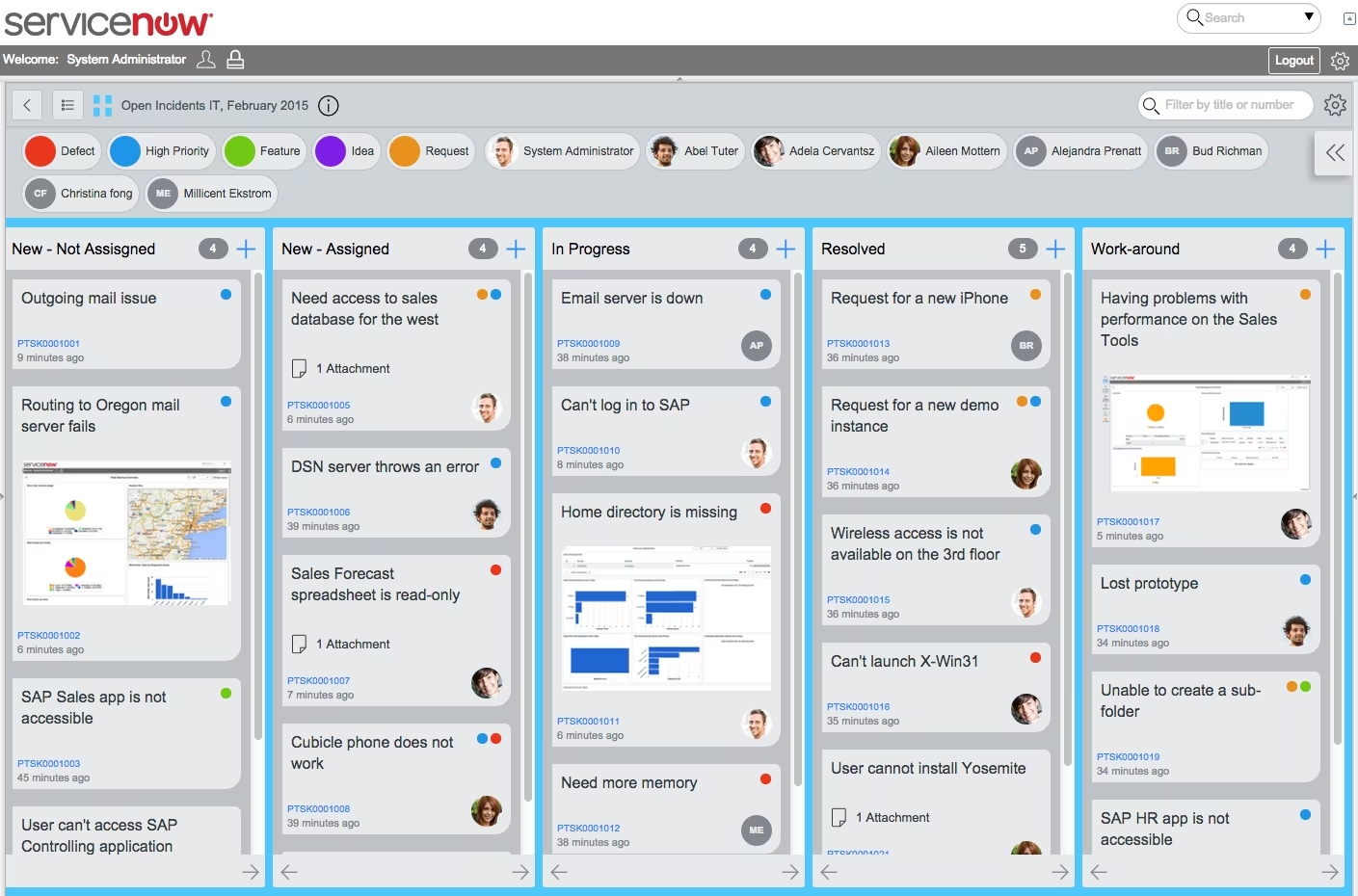
Now Platform contains Flow Designer for workflow automation, and Process Automation Designer for process modeling. While it might not adhere entirely to standards such as BPMN and Case Management Model and Notation (CMMN), the platform excels in facilitating expression-based modeling and decision tables. It also incorporates GenAI functionality, improving user efficiency by suggesting content and generating code from textual input.
The platform concentrates on simple workflow scenarios, so according to some user reviews, it might be insufficient for businesses looking to automate complex business processes. Yet, it provides extensive platform capabilities that empower custom application development and the expansion of ServiceNow's product offerings. Moreover, it facilitates team collaboration and delivers industry-specific solutions tailored to various sectors.
Challenges include a lack of full support for BPMN 2.0 or DMN standards, complexities in pricing models, which require custom quotes, and limitations in UI design flexibility.
Conclusions
As we explore various low-code platforms, it's evident that each has distinctive strengths and weaknesses. Businesses seeking alternatives to Appian must carefully evaluate their unique needs, available technical expertise, and desired features that will help them improve efficiency and streamline business processes.
The solution that stands out is Creatio, which has earned the prestigious title of leader among low-code citizen developer platforms, as acknowledged by Forrester. This recognition solidifies Creatio's position as a top choice for businesses looking for a powerful alternative to Appian.





















































